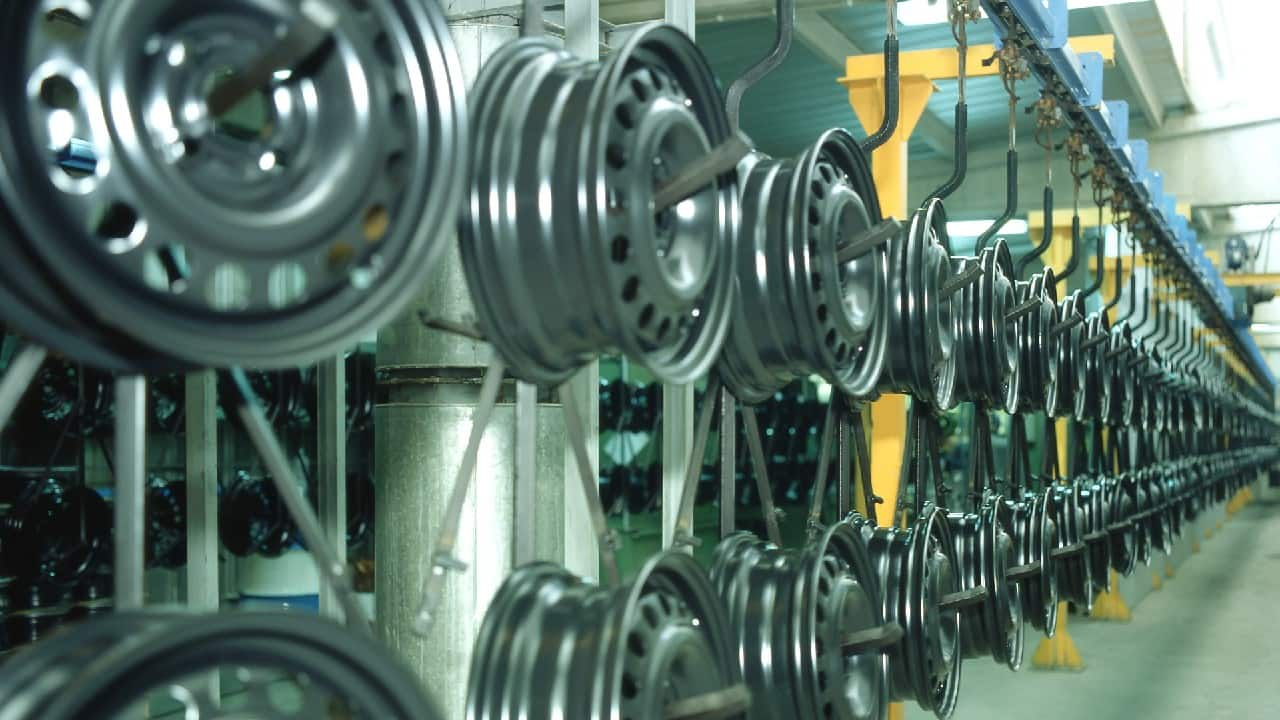Without getting in to congress bjp debate , i wld add a point - Due to digital penetration the amount of free resources to refer in higher education has significantly improved . And one can avail quality courses just click of button . If student wants to learn he can find the best resources does nt matter if he gets admission in some private college in some corner of the country . But yeah , the environment might not be that much conductive , its up to the individual .
School education require some consolidation . There are too many schools . In odisha there is a project called "Adarsa vidyalaya " going on ( in assam as well , not sure if its all india ) . 314 ideal school is being established . One in each block .
View attachment 28895View attachment 28896
Then i had been to one of the national high school . Some good works has been done regarding the overall environment , compared to what i had witnessed 10 years back .
Those with money can anyway avail good school education . Even in tire 3 cities there schools with swimming pool , all kinds of sports activities , indoor as well as outdoor , classroom with projectors etc . charging somewhere betwn 50k-70k annually . It can be more for the branded ones .
Adding to my previous post . The Adarsh vidyalaya project is being runed by respective state govt of Odisha and Assam . Came across a similar project in Madhya Pradesh - " CM Rise school " . 9,000 'CM Rise' schools ll be established in MP . There ll be smart classroom , modern labs, sports grounds etc .there ll be Atal Tinkering Labs in these schools.

Madhya Pradesh government launches ambitious plan for 9,000 'CM Rise' schools
Madhya Pradesh has initiated the establishment of 9,000 'CM Rise' schools to ensure quality education and fostering innovation for students of all backgrounds.
model of school













